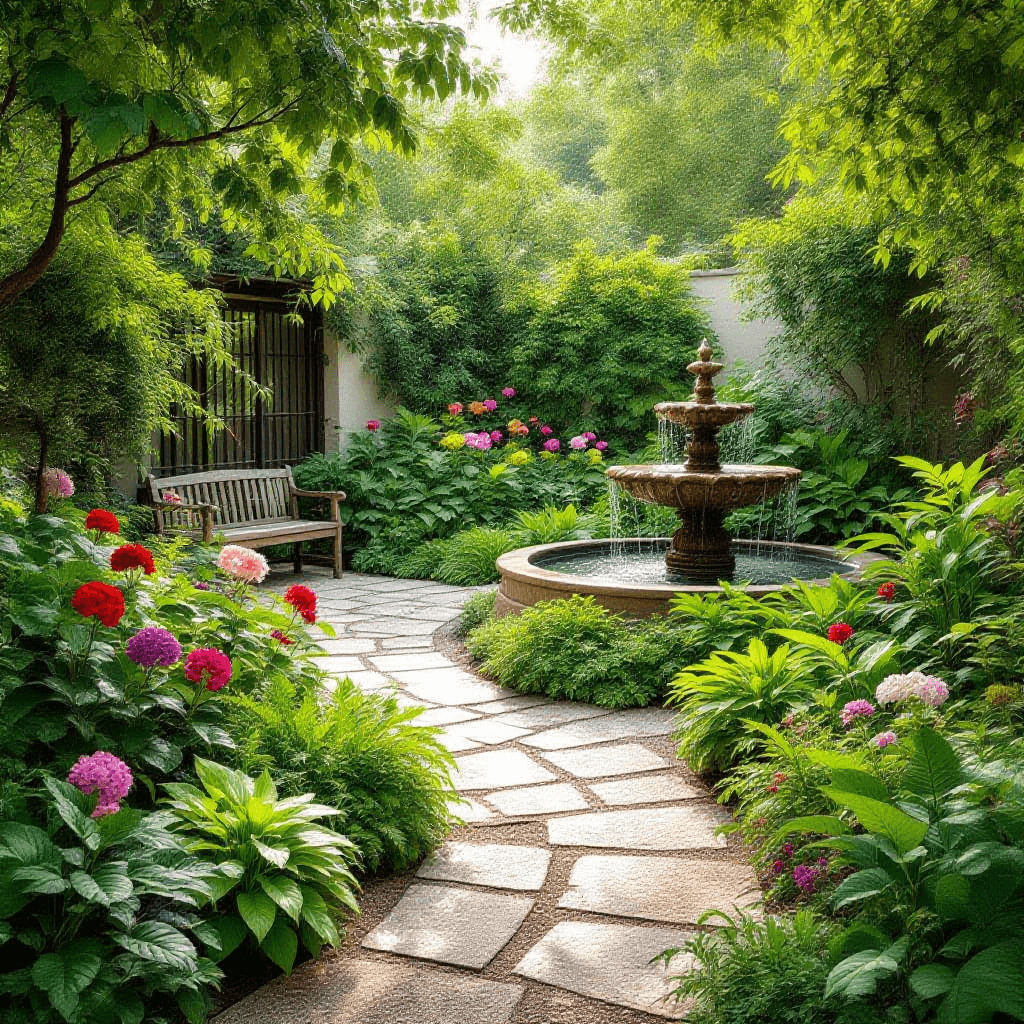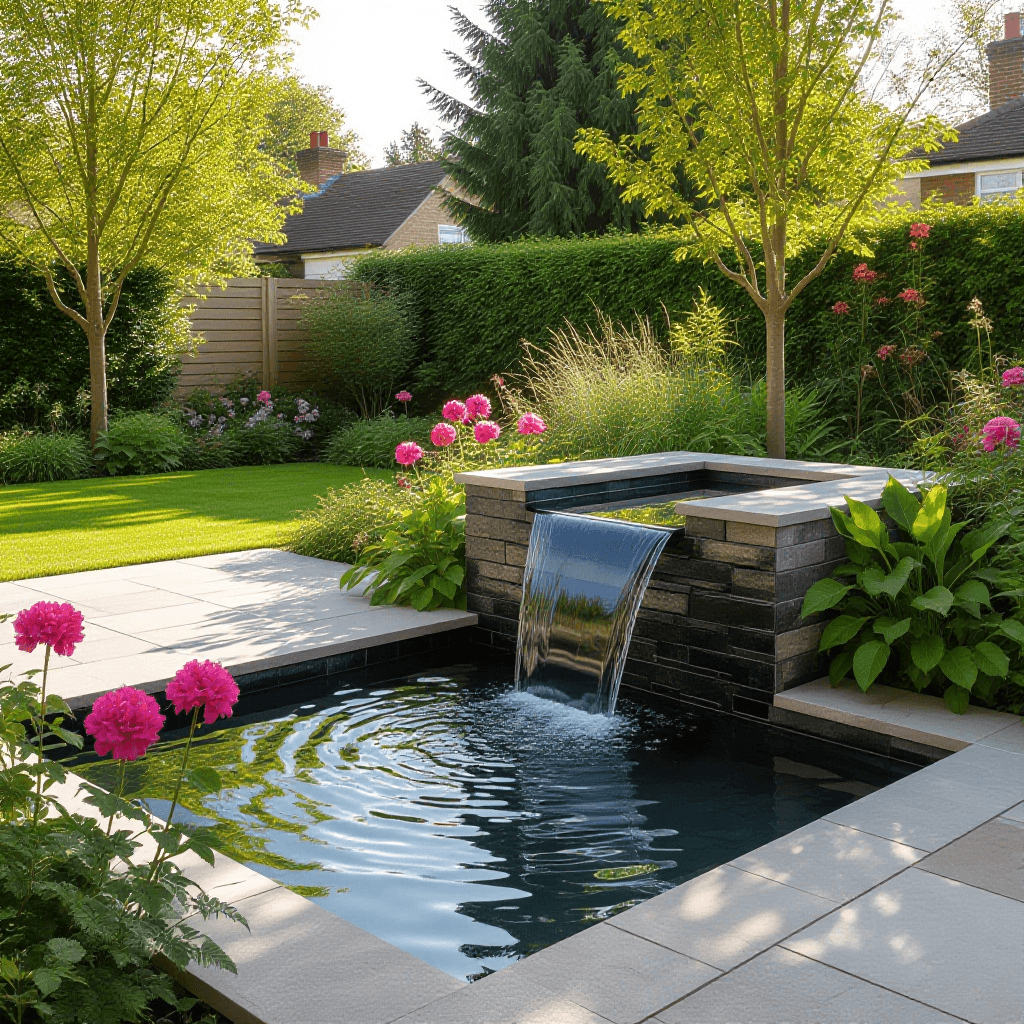Understanding the Purpose of Your Fence
When considering the implementation of a garden fence, it is crucial to first understand the various functions it can serve. A garden fence can significantly enhance your outdoor space by providing privacy, security, and aesthetic appeal. Each of these roles plays a vital part in determining the type of materials and design that would best suit your needs.
Privacy is often one of the primary reasons for erecting a fence. Depending on the level of seclusion you require, you may prefer a taller fence that obstructs views from passersby and neighbors. Materials such as solid wood or vinyl can offer a more enclosed feel, creating a private sanctuary within your garden. Conversely, if partial visibility is preferred while still maintaining some privacy, ornamental designs with lattice or decorative arrangements could be more suitable.
In addition to privacy, security is a paramount concern for many homeowners. A robust fence can act as a deterrent against trespassers and unwanted animals, safeguarding your garden and property. For enhanced security, consider materials that are difficult to climb, such as chain-link or wrought iron. Furthermore, the fence’s height and design can impact its effectiveness in creating a secure environment.
Aesthetically, the choice of fence should complement the overall design of your garden. The various materials and styles available allow for a customizable approach that can enhance the visual appeal of your outdoor space. For example, a rustic wooden fence may harmonize beautifully with a cottage-style garden, while a sleek metal fence might suit a modern landscape design better.
Before making an investment in a garden fence, carefully identifying your primary needs—be it privacy, security, or aesthetic enhancement—will guide you in selecting the most appropriate style and material for your outdoor space. Understanding the various functions of a fence ensures that your choice aligns with both your practical requirements and your vision for your garden.
Popular Fence Styles to Consider
When selecting a garden fence, the style you choose significantly influences both the aesthetic and practical aspects of your outdoor space. There are several popular styles to consider, each with its unique characteristics and advantages. One classic option is the picket fence, known for its charming, traditional appearance. Typically made of wood or vinyl, picket fences can be customized in height and color, making them suitable for various garden designs. They serve not only as a boundary but also as a decorative feature, complementing flower beds and lawns.
Another style gaining popularity is the lattice fence. This design showcases crisscrossed slats that offer visual interest while still providing some privacy. Ideal for climbing plants, a lattice fence can enhance the overall design of your garden by introducing vertical elements, creating a layered look. The openness of this style means it is less imposing, making it suitable for smaller gardens needing some definition without feeling cramped.
Panel fences, often constructed from timber or composite materials, provide a solid, uniform look that can be tailored to various height preferences. This style is particularly effective for those seeking privacy and security, as it presents a formidable barrier against intruders while adding a sense of enclosure. The smooth surface of panel fences is easily finished or painted, allowing homeowners to adapt them to their landscape easily.
Lastly, living fences comprised of hedges or shrubs offer an eco-friendly alternative to traditional fencing. They can serve as a natural boundary, promoting biodiversity while providing shelter for wildlife. The downside is the need for ongoing maintenance, including pruning and watering. Ultimately, the choice of fence style should align with your garden’s overall aesthetic and function, helping to create a harmonious and inviting outdoor space.
Choosing the Right Materials for Durability and Design
When selecting the ideal garden fence for your outdoor space, understanding the various materials available is crucial. Each fencing material comes with its own set of advantages and disadvantages, particularly regarding durability, maintenance requirements, cost, and style. The most common options include wood, vinyl, metal, and composite materials, each serving different needs and preferences.
Wood is a traditional choice that offers a natural aesthetic highly valued in garden design. Various types of wood, such as cedar and redwood, provide varying levels of resistance to decay and insect damage. However, wood fencing often requires regular maintenance, including staining or painting, to prolong its life and maintain its appearance. In terms of cost, wood can be relatively affordable upfront but can become expensive over time due to ongoing maintenance.
Vinyl fencing has gained popularity due to its low maintenance requirements and impressive durability. It is resistant to rot, insects, and fading, offering a long-lasting solution for homeowners. Although it tends to be more expensive initially compared to wood, its longevity and minimal upkeep can make it a cost-effective choice in the long run. However, some may find vinyl less appealing in terms of aesthetic versatility.
Metal fencing, including aluminum and wrought iron, offers unparalleled strength and durability. It is resistant to extreme weather conditions and can withstand wear and tear effectively. While metal fences can be more expensive upfront, their long lifespan can justify the investment. The downside is that they may require rust prevention treatments and can lack the warmth of other materials.
Composite fencing, made from a blend of wood fibers and recycled plastic, combines the best features of both wood and vinyl. It mimics the aesthetic appeal of wood while eliminating many of its drawbacks. Composite materials are resistant to fading, rotting, and insects, making them an excellent choice for various climates. However, they can be on the pricier side compared to traditional wood fencing.
Ultimately, the choice of fencing material should reflect both personal style and practical needs. Evaluating how each option aligns with local climate conditions and anticipated wear will empower homeowners to make informed decisions.
Maintenance and Care for Your Garden Fence
Maintaining a garden fence is essential for ensuring its longevity and aesthetic appeal. The type of material used for the fence significantly influences the maintenance routine. For wooden fences, regular inspections are crucial. They should be checked for signs of rot or insect damage, particularly at the base where moisture accumulation is most likely. Cleaning the wood with a suitable cleanser once or twice annually helps prevent the buildup of dirt and algae, which can accelerate deterioration.
In contrast, metal fences, such as those made from wrought iron or aluminum, require different maintenance practices. It’s important to examine these fences for rust or corrosion. Applying a rust-inhibiting primer and a protective coating can enhance the lifespan of metal fences. Regular washing with soapy water can also help maintain their appearance, preventing grime and stains from accumulating.
Vinyl fences, known for their durability, are relatively low-maintenance. They should be cleaned periodically with a gentle solution of soap and water to remove dirt and stains. However, routine checks for any cracks or warping will help in early identification of potential issues that could undermine the fence’s integrity.
To protect all types of fences from environmental damage, consider implementing protective measures. Planting windbreaks or installing barriers can shield fences from harsh weather conditions. Furthermore, ensuring proper drainage around the fence can reduce soil erosion and moisture-related issues. With proactive care and regular maintenance, your garden fence can remain in optimal condition, enhancing both the functionality and visual appeal of your outdoor space.


